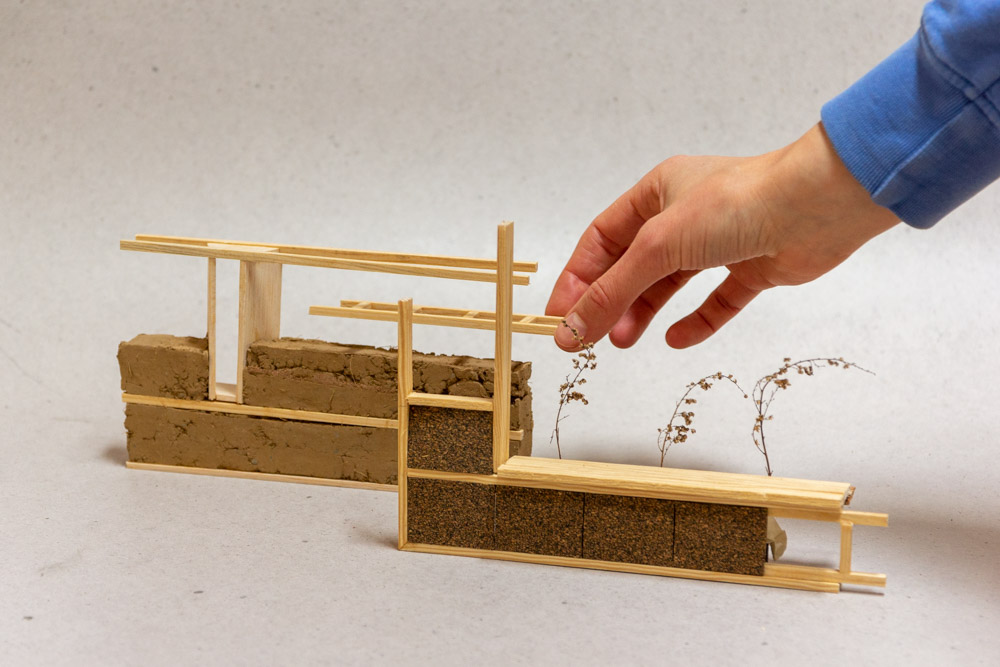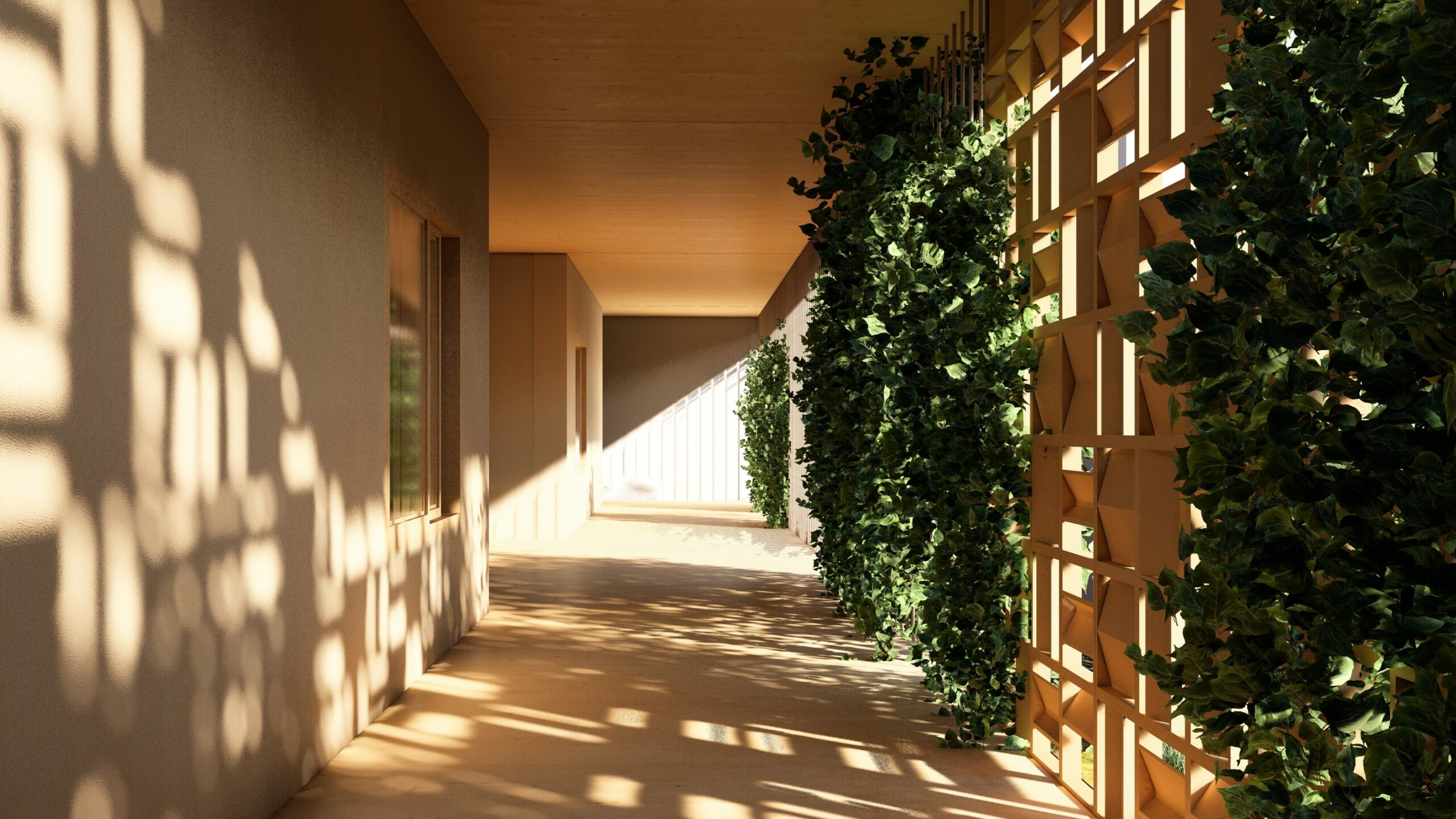Public awareness of what architecture and design is, what they do, for whom, how, and why, are dominated by narratives of individual auteurs. These narratives are inaccurate, as the design and construction of the built environment is inherently a collective act. This narrative skew has shaped a field that concentrates power within the hands of a few starchitects – depriving the greater collective of potential agency. This ultimately leads to less effective design in service of less people.
Our age of compounding ecological, political, and social crises has shown that designers must subvert this awareness trend by shaping narratives that position them to play larger roles within collectives that can positively influence the built environment at scale.
This course will examine the opportunities and practices that exist between narratives of the individual designer and those of the collectives they are inherently dependent on and in service of. This will happen within the context of the designer as an advocate. Specifically, we will discuss and practice personal narrative as a means towards garnering the support needed to effectively strategize and implement collective campaigning, storytelling, and media production that produces impact.
This course aims to help the group build valuable conceptual and practical skills that they can use to create more sustainable careers, practices, partnerships, projects, and impact. It will largely be workshop based, but may include guest speakers and presentations depending on availability.








